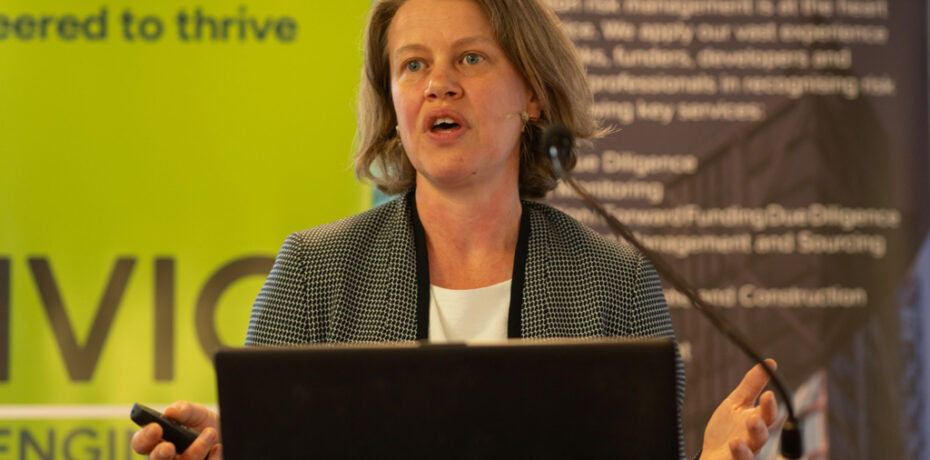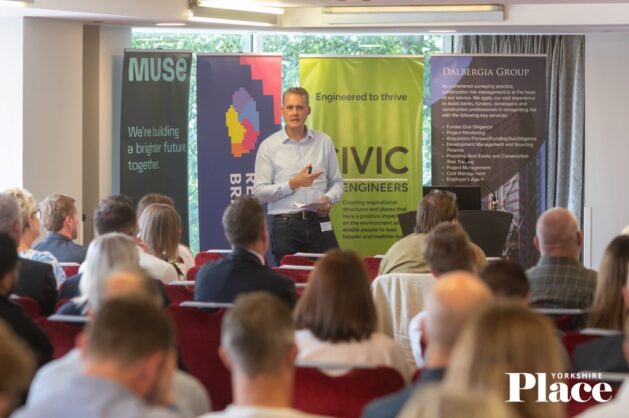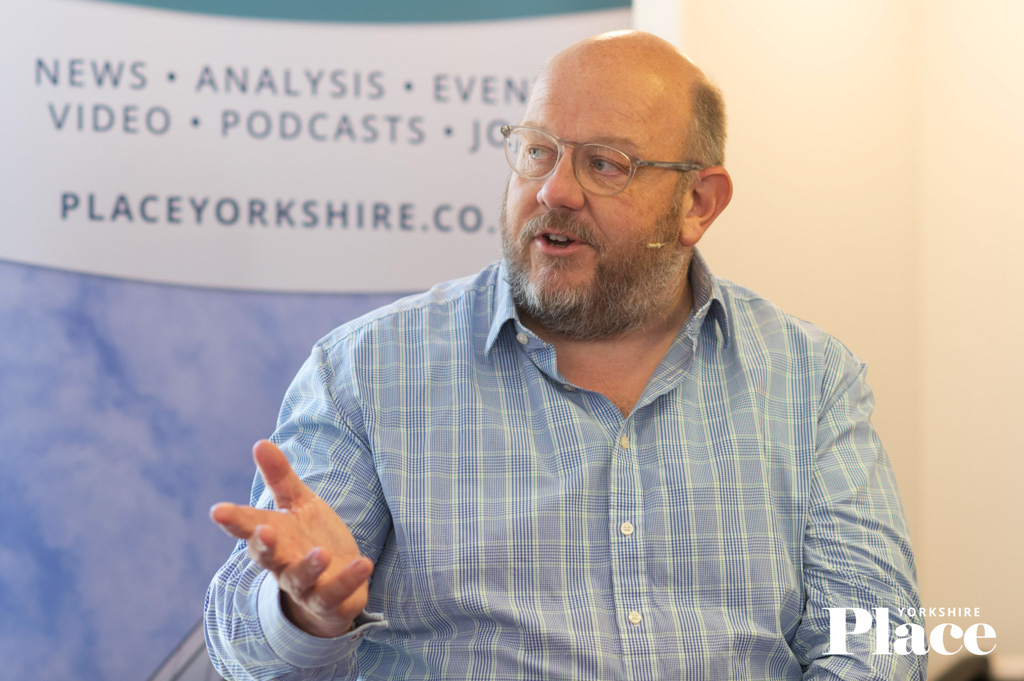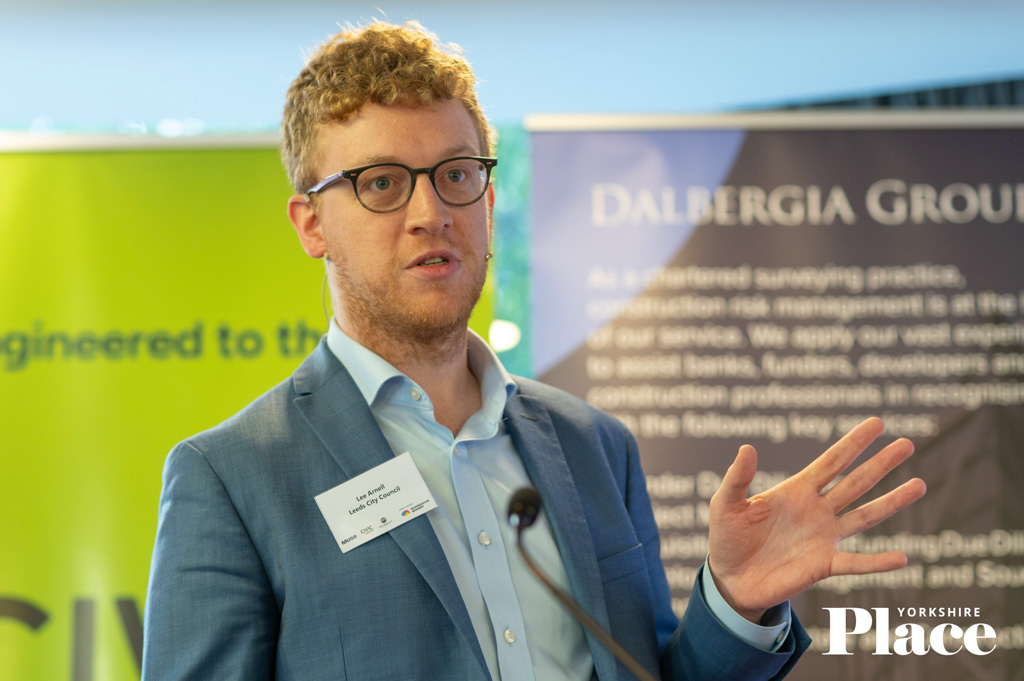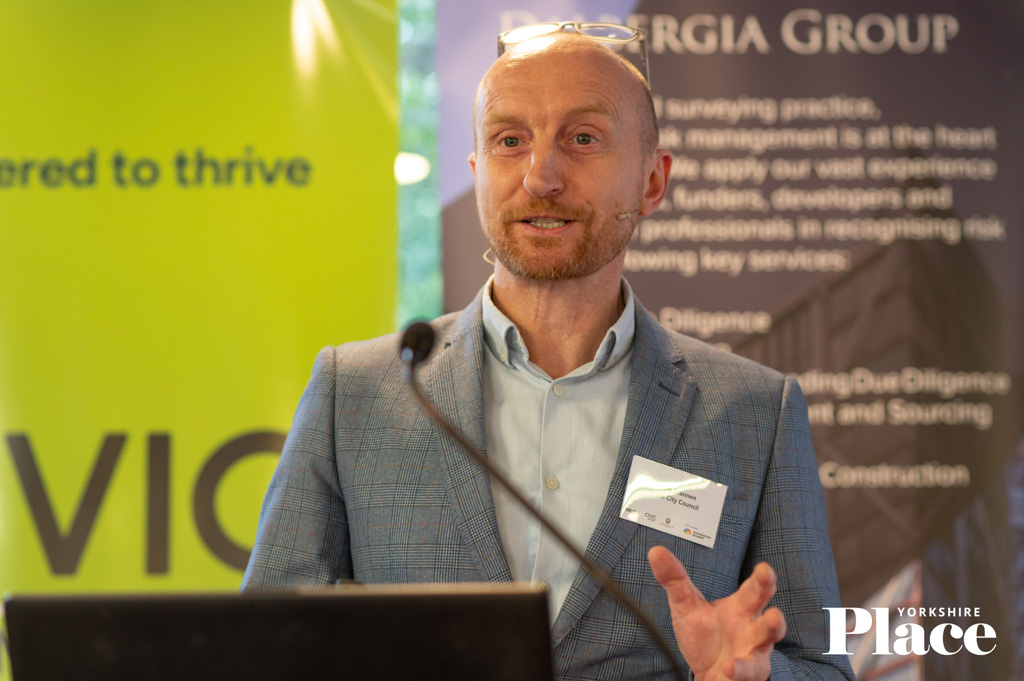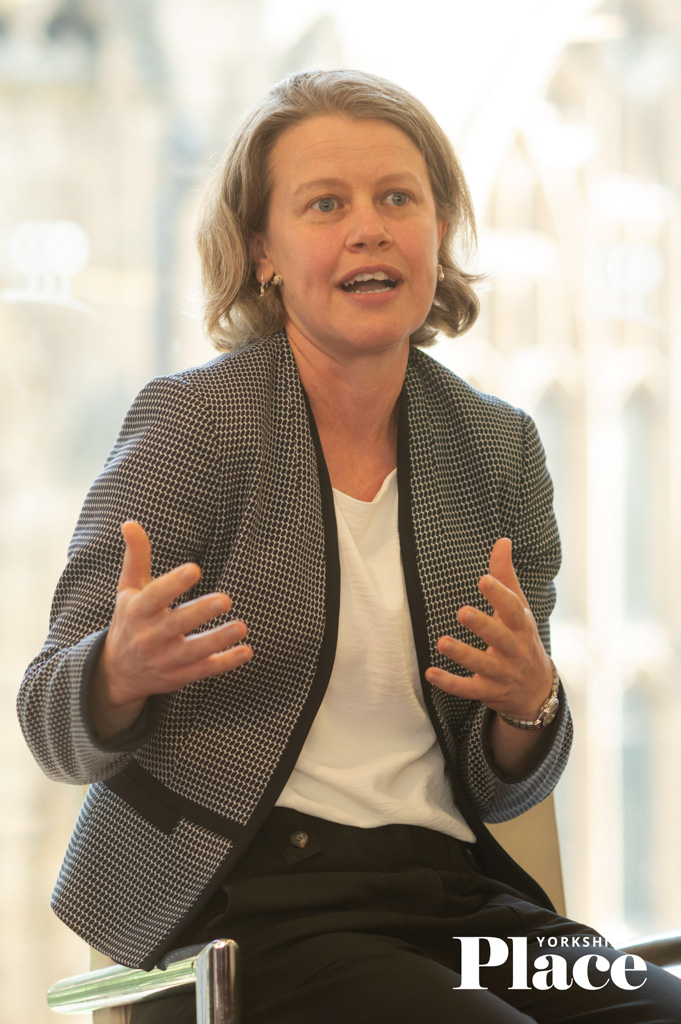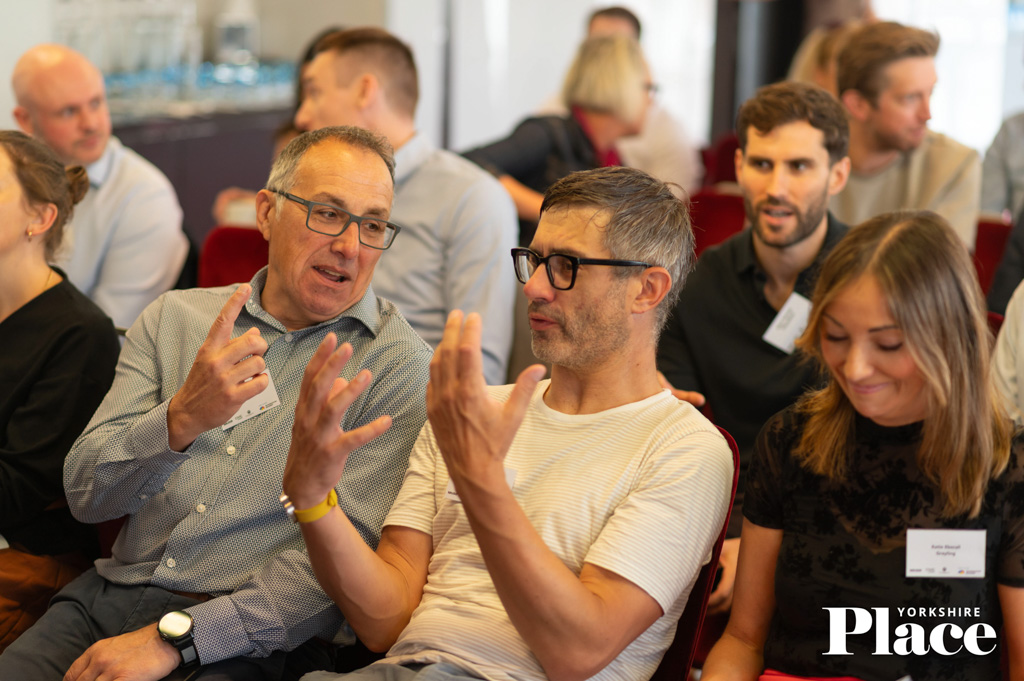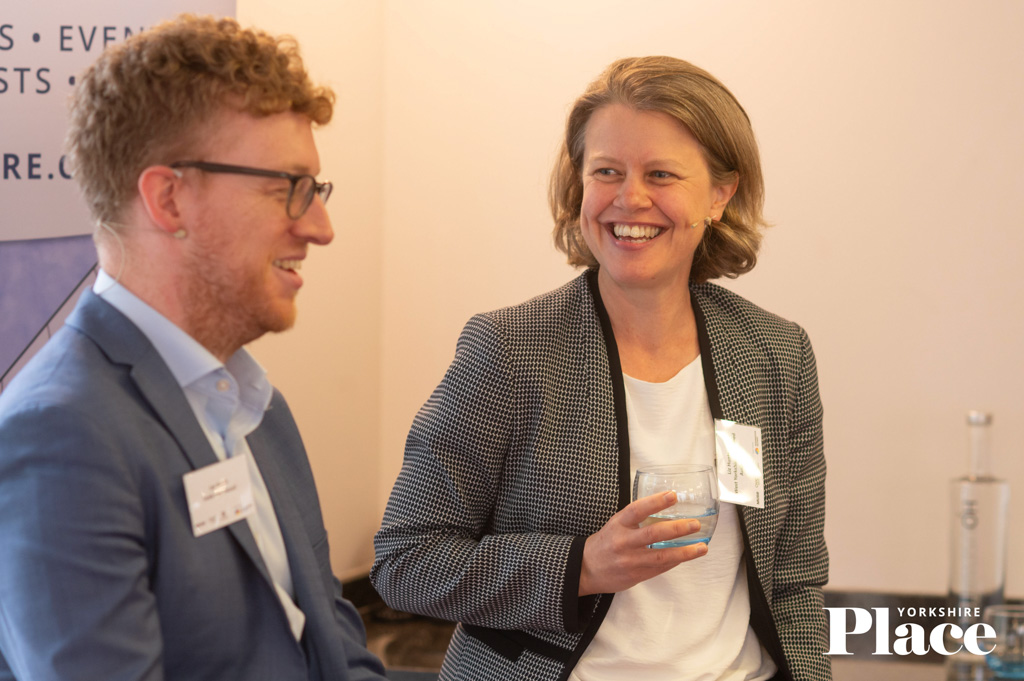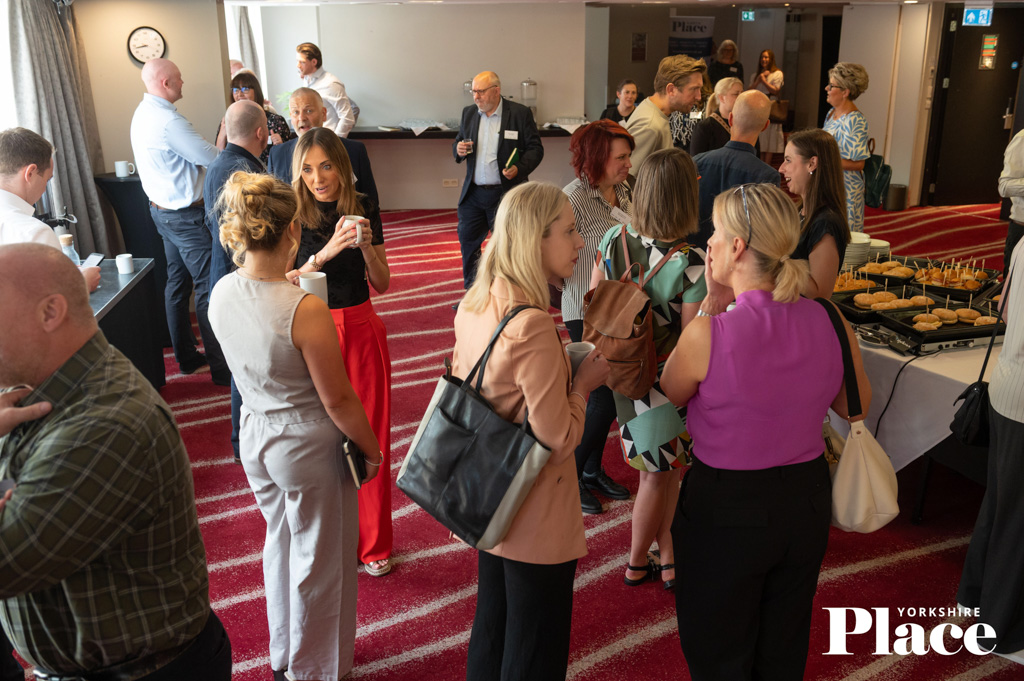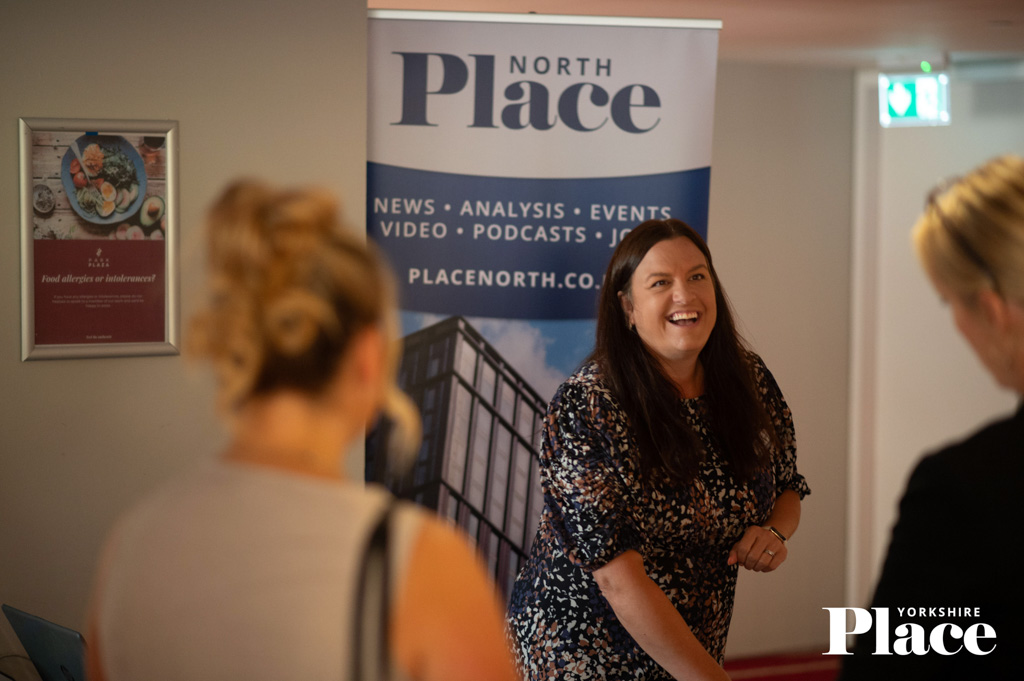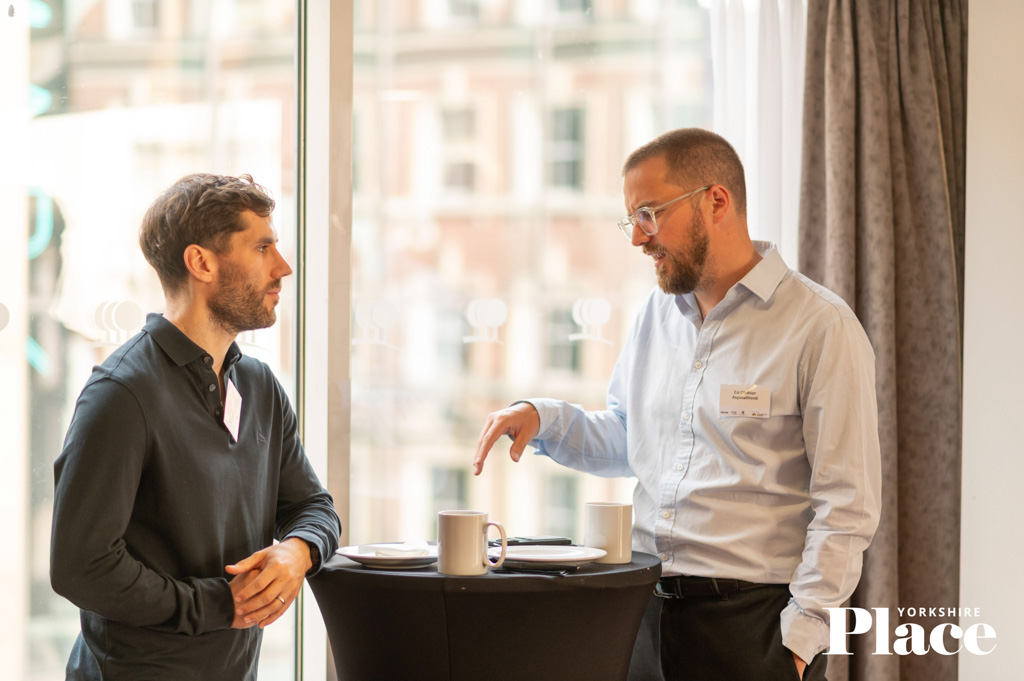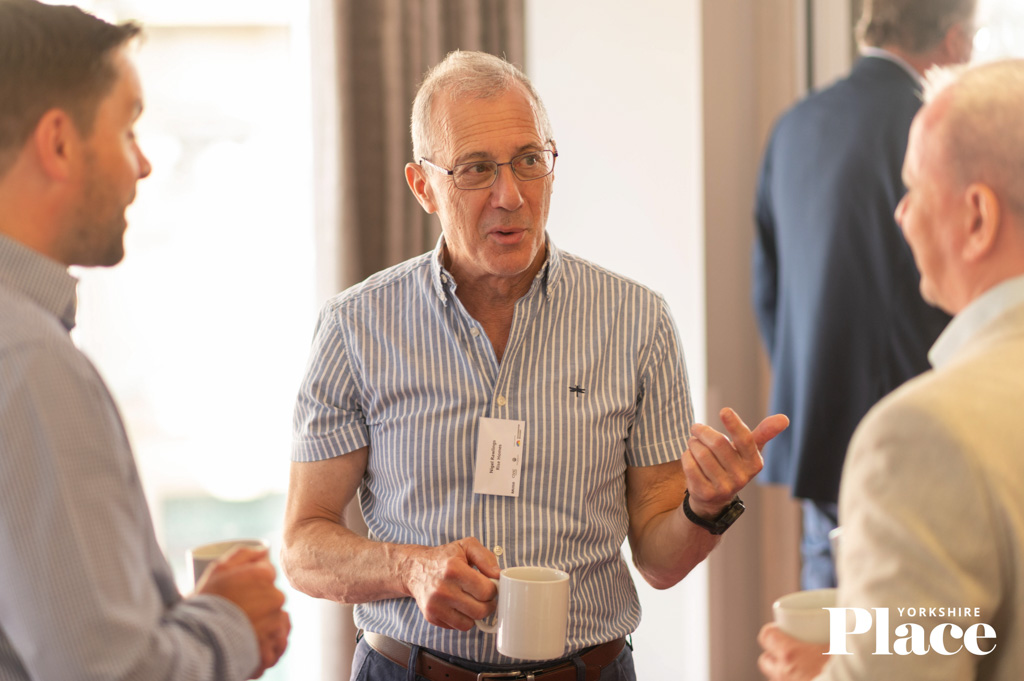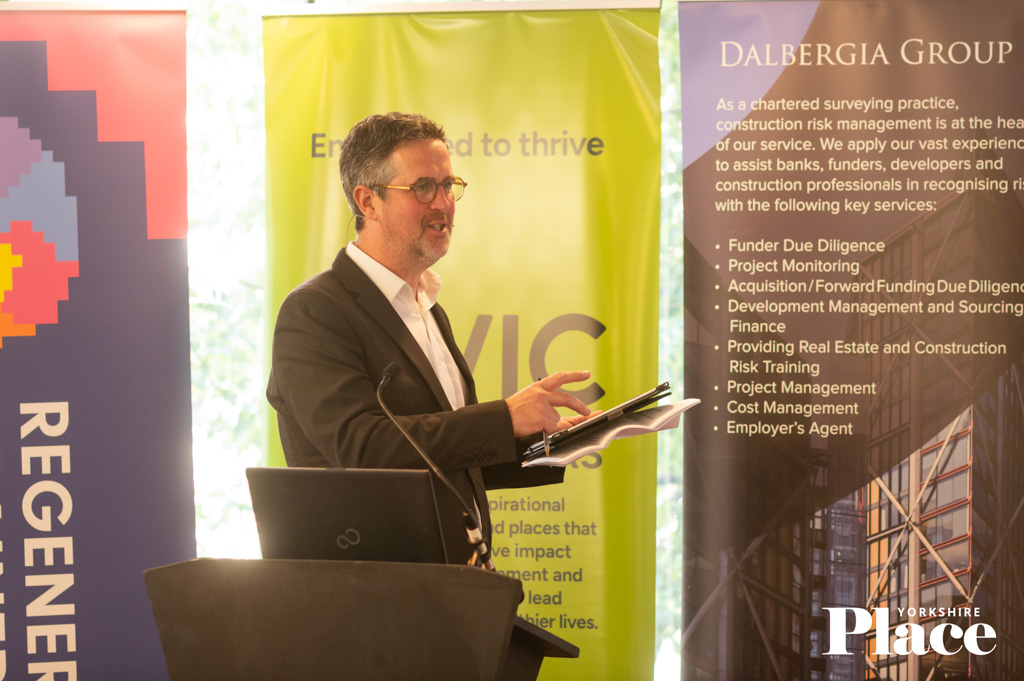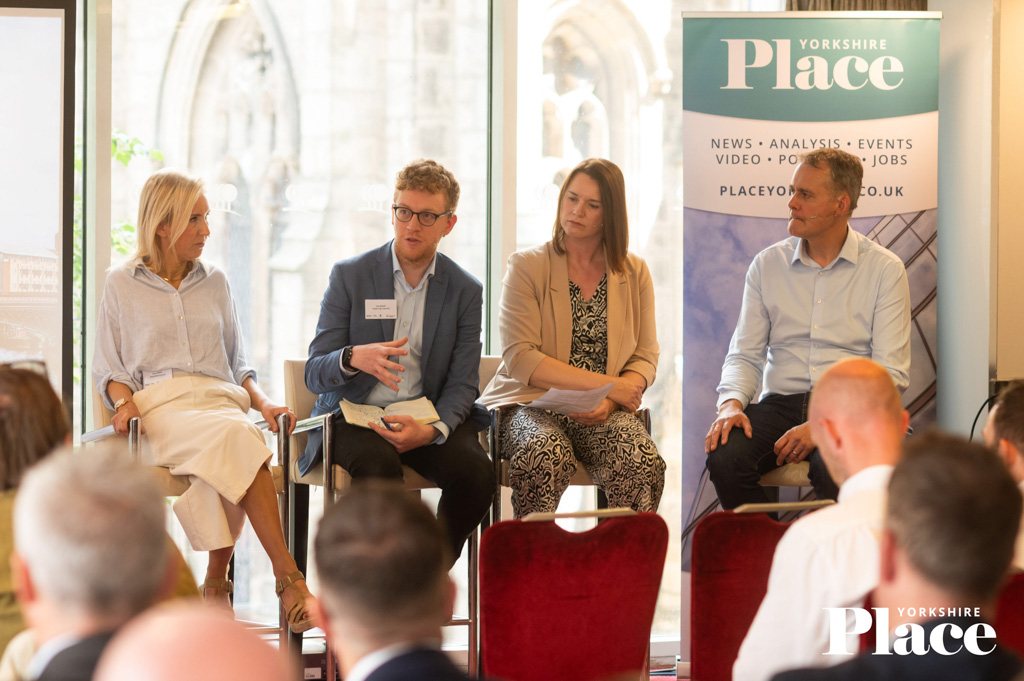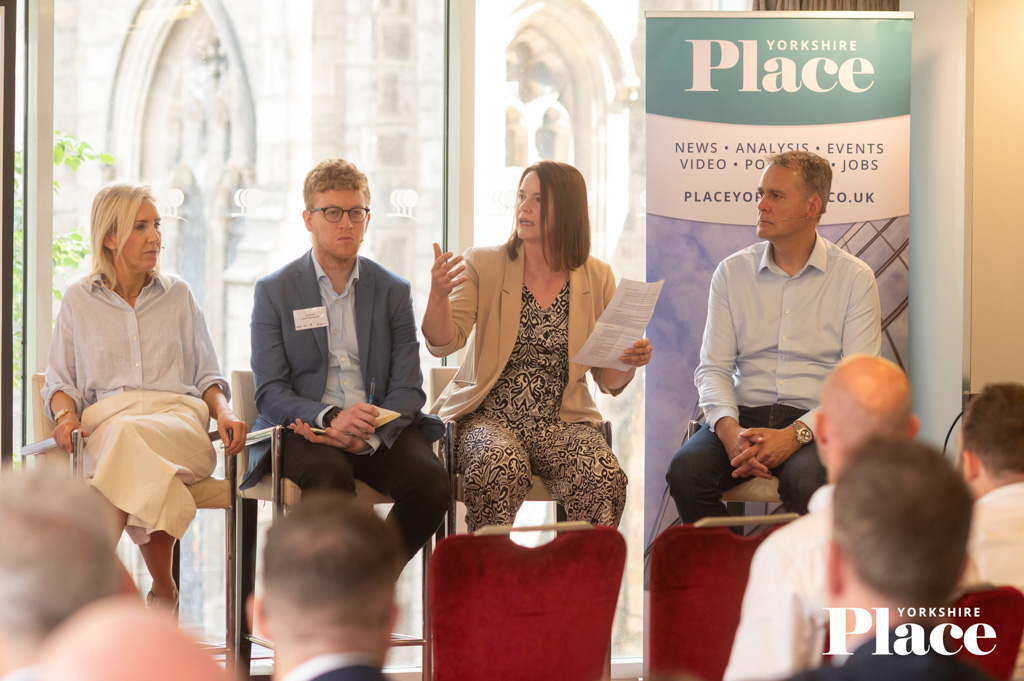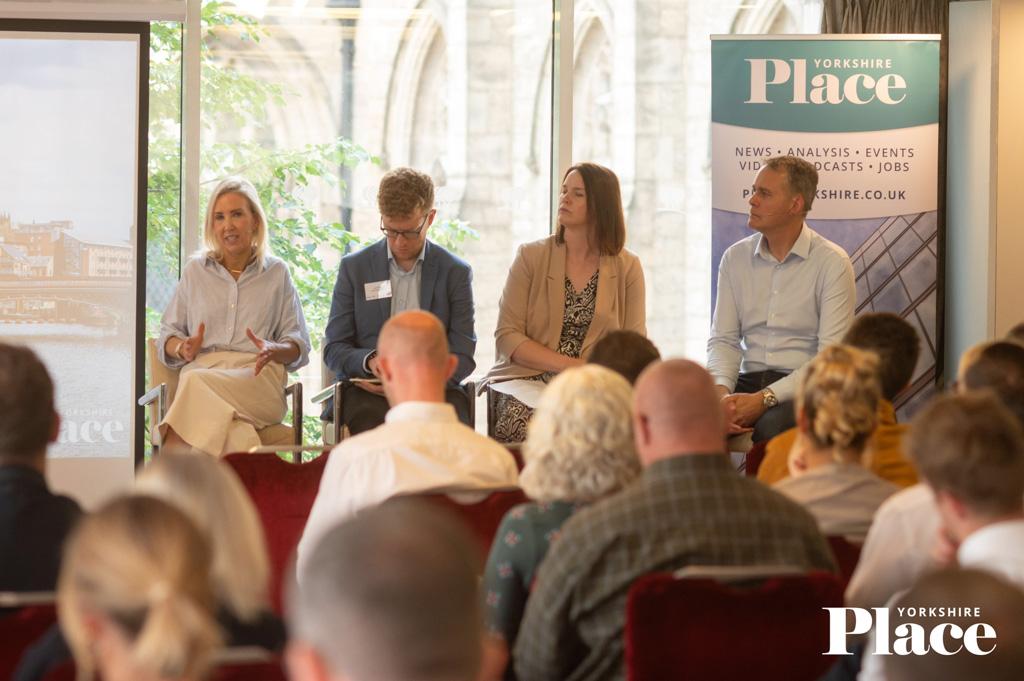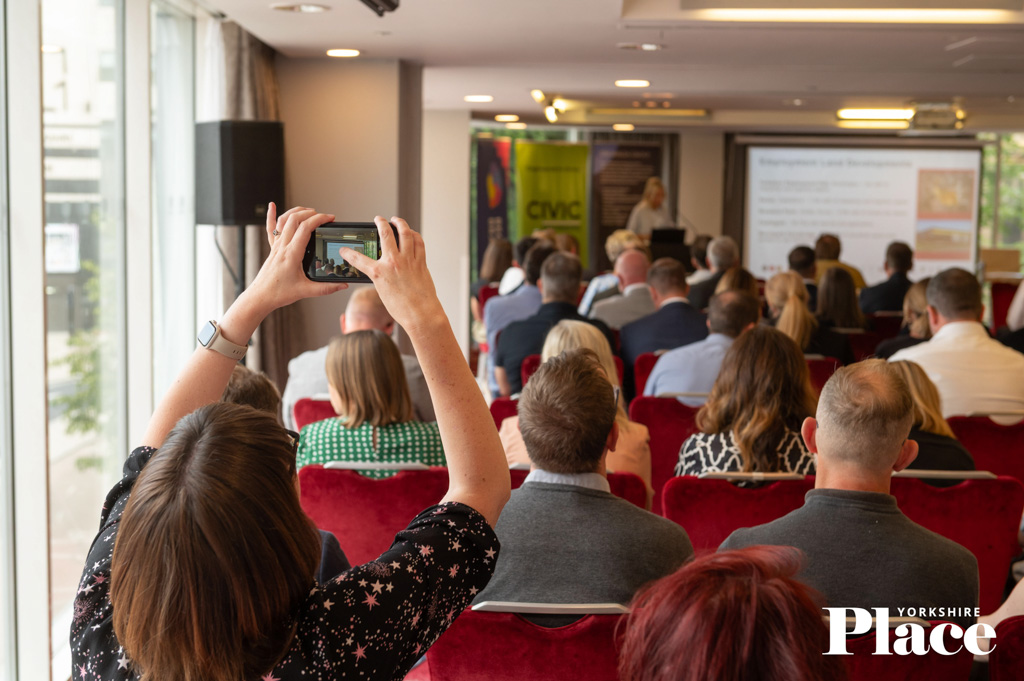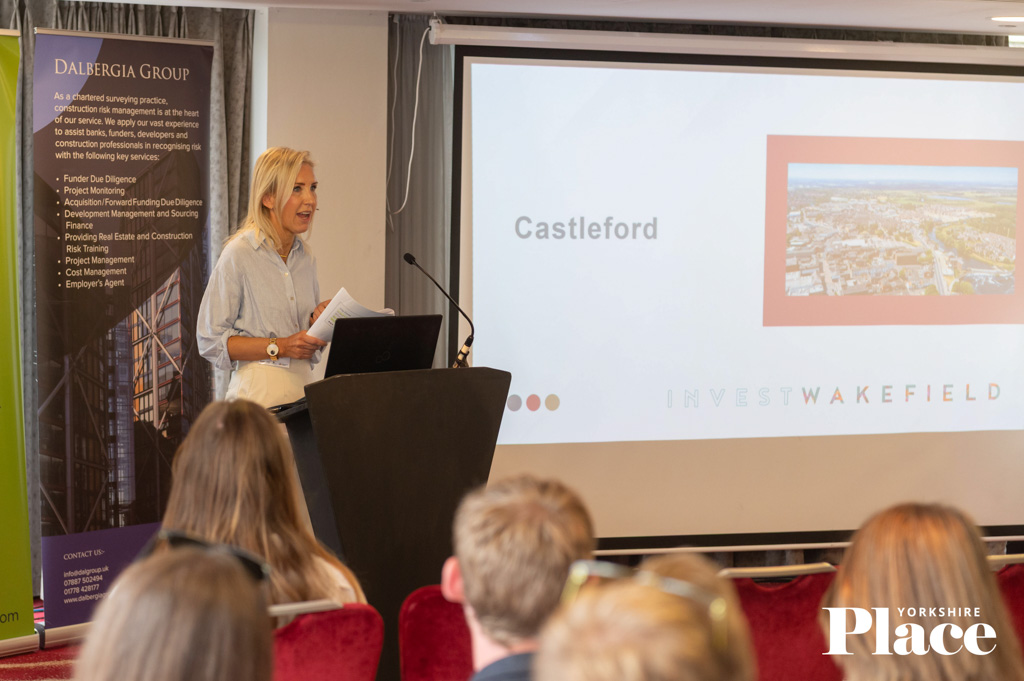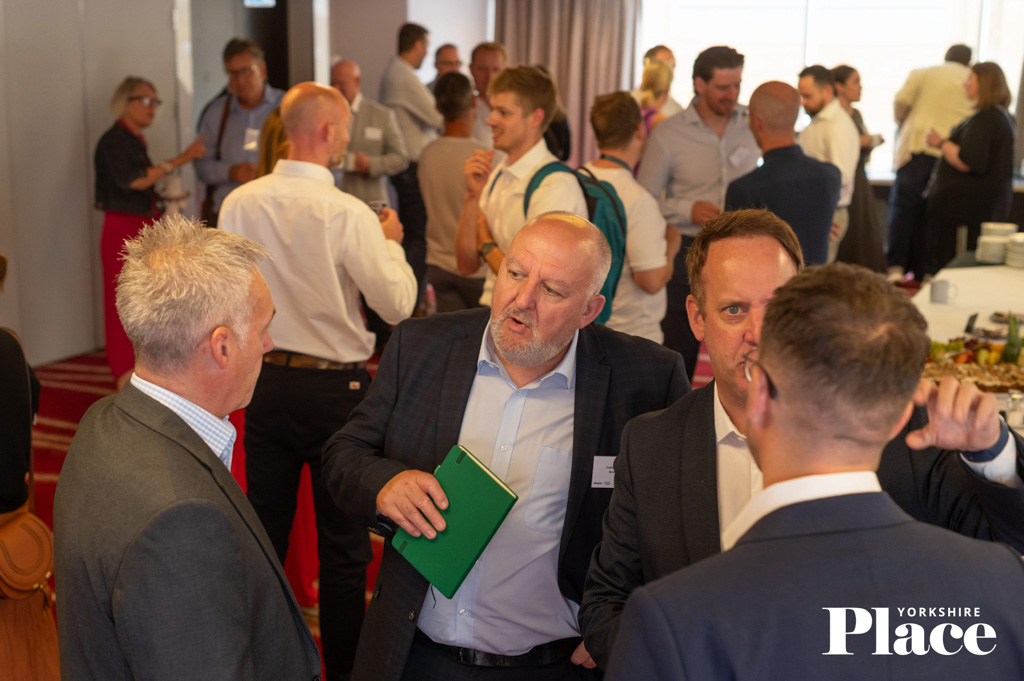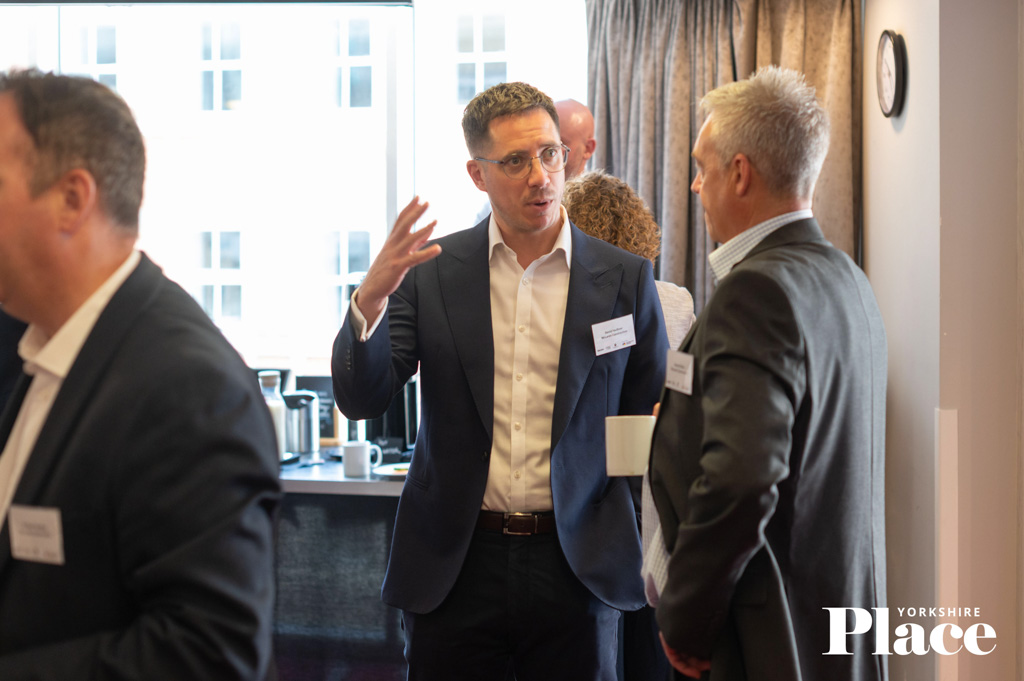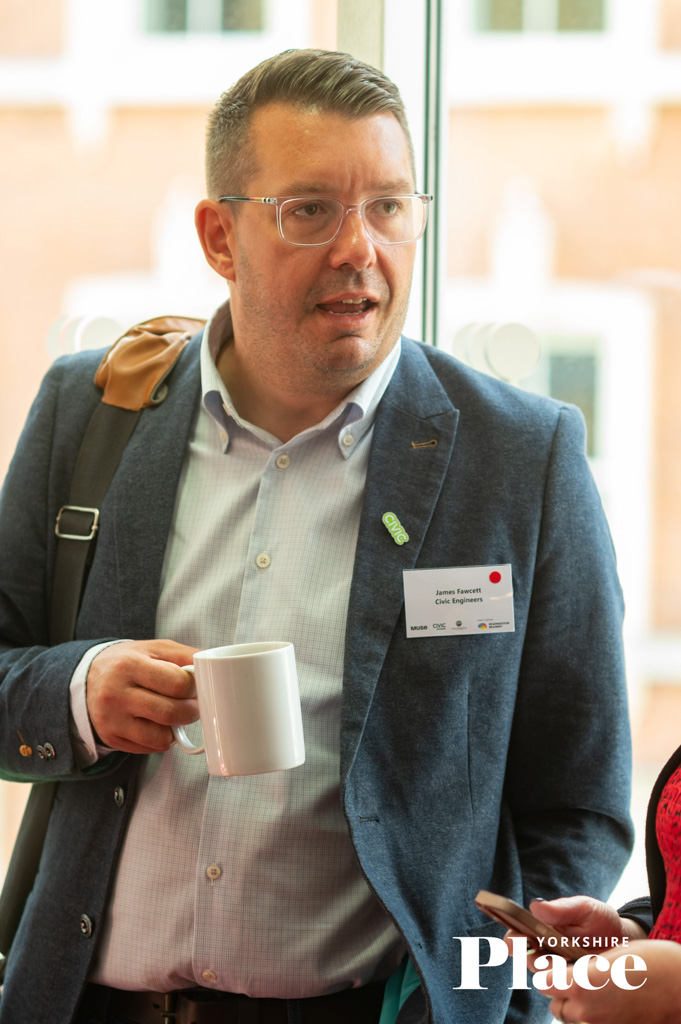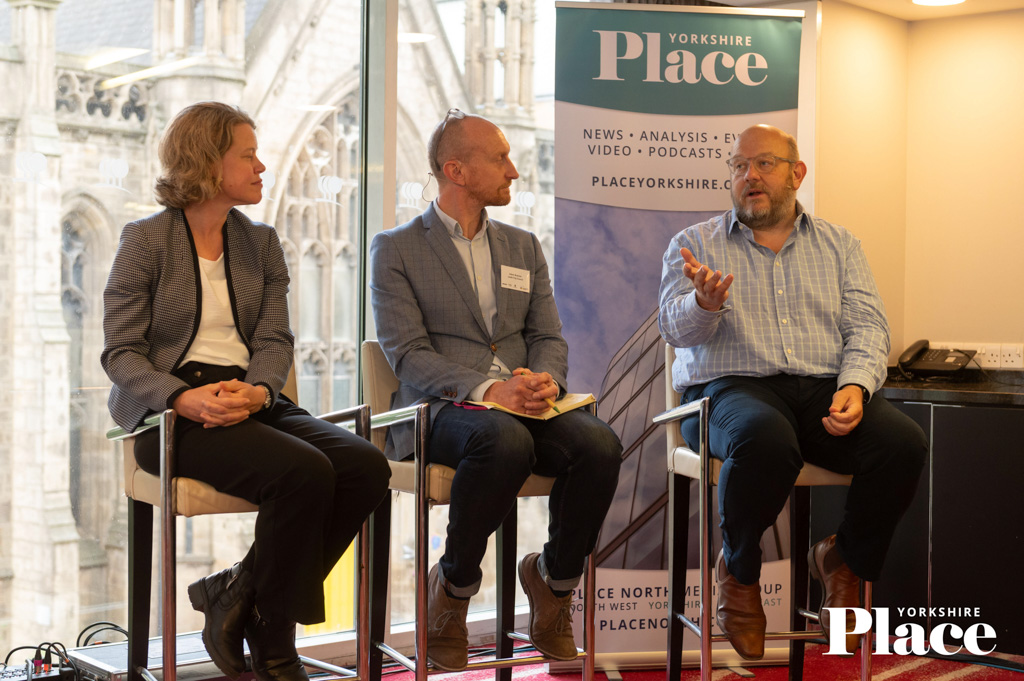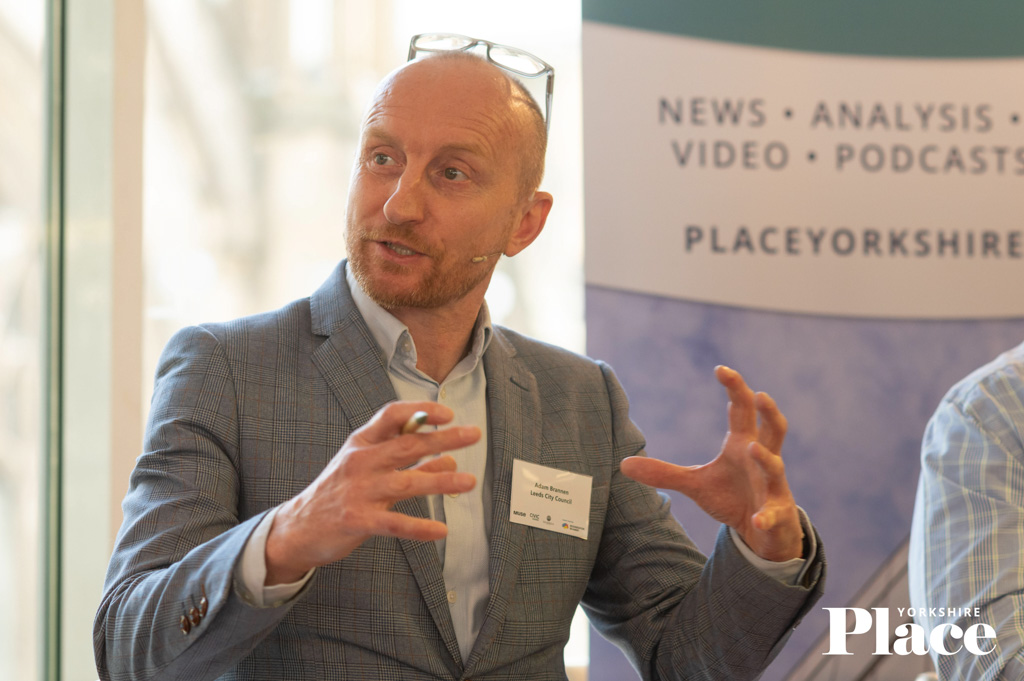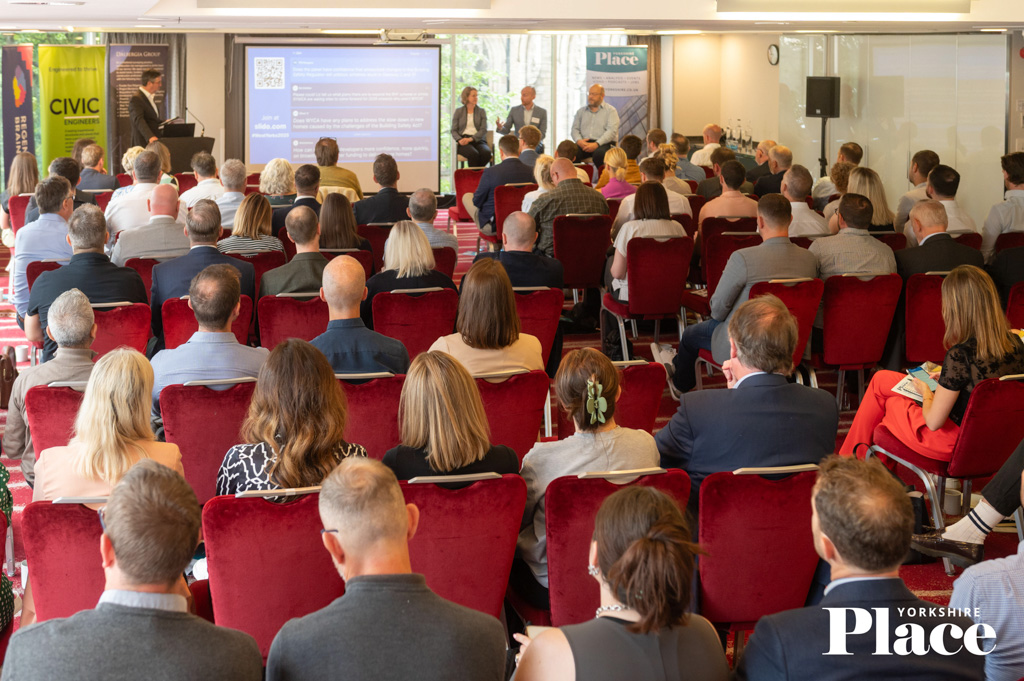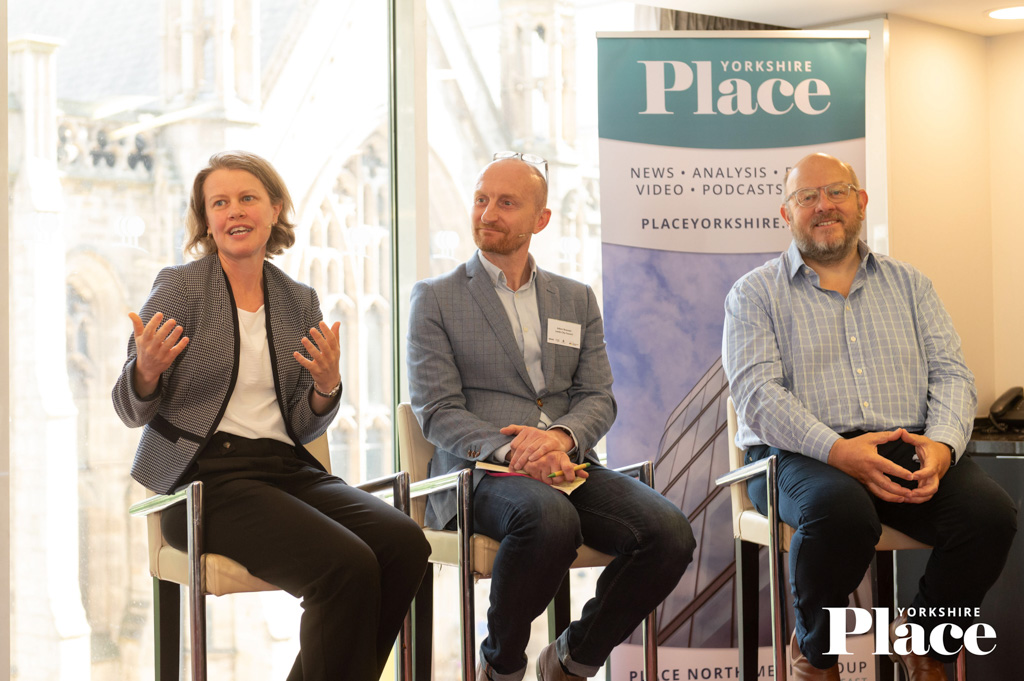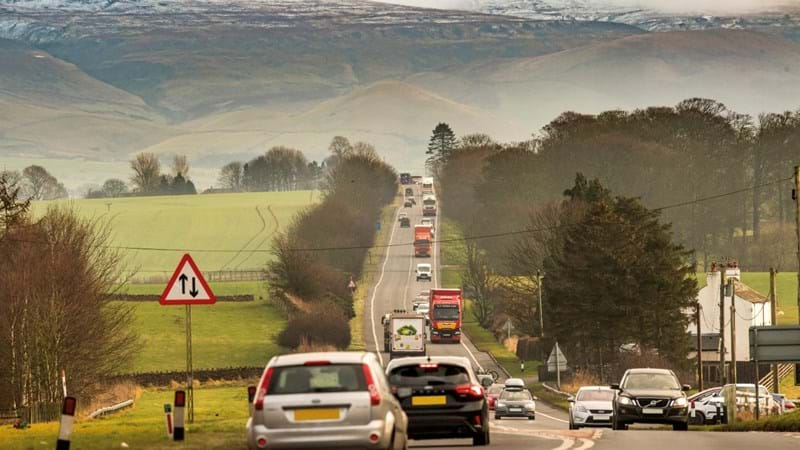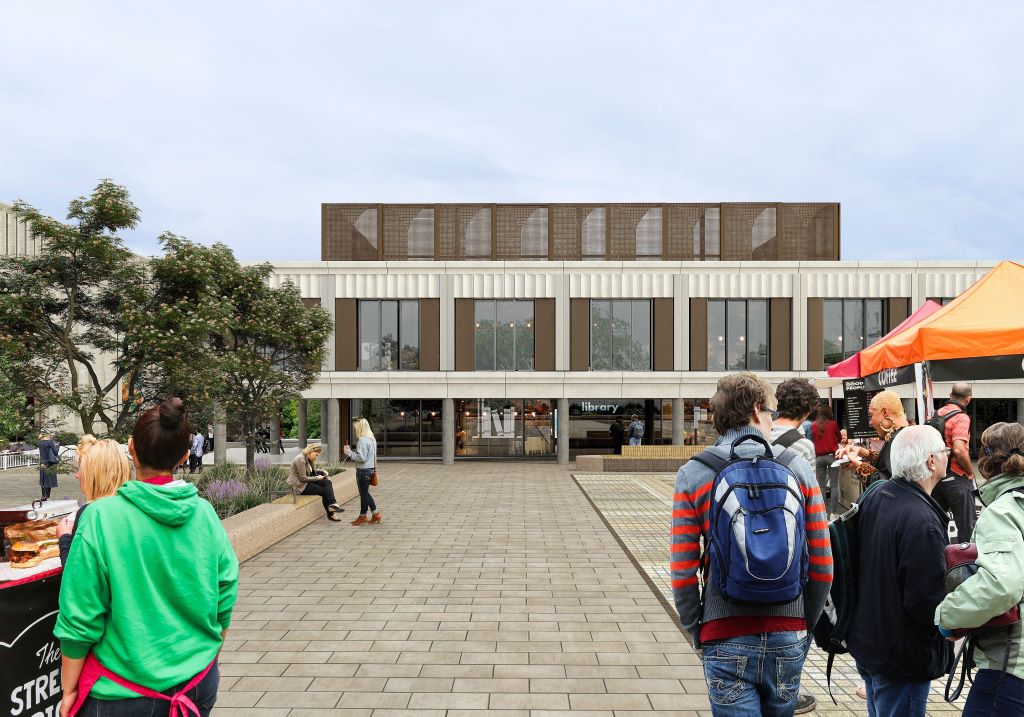West Yorkshire Development Update | Summary + photos
More than 100 people attended this dedicated sub-regional briefing sponsored by Muse, Civic Engineers, Dalbergia Group, organised by Place Yorkshire in association with charity partner Regeneration Brainery.

Expert Speakers
- Liz Hunter, director of policing, environment, and place at West Yorkshire Combined Authority
- Adam Branner, head of regeneration, Leeds City Council
- Lee Arnell, regeneration projects executive, Leeds City Council
- Guy Butler, director, Glenbrook
- Simon Dew, development director at Muse
- Kerrie Buckley, associate partner, SimpsonHaugh
- Clare Elliott, director of economic growth and skills, Wakefield Council
State of the market
- West Yorkshire Combined Authority works with developers to explore financial mechanisms for unlocking projects
- Wakefield lacks a decent hotel offer within the city centre, hindering both the visitor and business economies
- Bradford faces challenges in investor confidence and value gaps in development projects
- Glenbrook is the most active on-site residential developer in Leeds, with more than 1,100 units under construction
- Guy Butler from Glenbrook said the company ‘got lucky’ with funding deals with institutional investors timed before US tariffs and another before the Liz Truss Budget
- WYCA’s Liz Hunter was hopeful greater freedom over spending would come with the ‘integrated settlement’ due to be allocated by central government in March 2026, however, this will not mean a ‘single pot’ approach
- Productivity gap between West Yorkshire and UK average is 13.9%, equivalent to £9.7bn
- Viability challenges remain in Bradford due to low property values and an untested market
- Building Safety Act is causing delays in delivery, affecting investor confidence
- Lack of funding for councils is causing problems for regeneration schemes
- Muse’s strong delivery track record reassures investors and enables projects in Bradford and Wakefield that others might not touch.
‘The prospect of a premiership football club with a 53,000-seat stadium, 30 acres of strategic brownfield land, and the transport connectivity of a tram – that is nationally significant, Lee Arnell, Leeds City Council on Elland Road
Placemaking
- Taking a partnership approach, such as Wakefield has with Muse, allows long-term comprehensive transformation of an area rather than slower piecemeal approach on individual parcels of land
- Social media is changing the way young people view places, tagging them, rating them, and posting images, all of which affects design
- Culture means different things to different people and makes local consultation more important than ever to drive projects along the lines people desire
- SimpsonHaugh is tweaking designs for South Village in Leeds’s South Bank area with an eye on EV charging, space programming and uses as viability remains a challenge heading into enabling works and phase one
- Development community must engage with local colleges and schools to provide work experience and employment opportunities for young people in construction and related industries
- Mass transit tram system proposed for Leeds could – subject to final decision on precise route in 2026 – go past the Elland Road football ground, this would make a deprived area suddenly attractive for developers
- Important that growth of Leeds spreads to other areas and it becomes a true city region. Opportunity for residential and student living in neighbouring Castleford, Wakefield
Gallery
- Guy Butler, Glenbrook
- Lee Arnell, Leeds City Council
- Adam Branner, Leeds City Council
- Paul Unger, Place Yorkshire
- Liz Hunter, West Yorkshire Combined Authority
- Kerrie Buckley, second from right, SimpsonHaugh
- Simon Dew, Muse
- Clare Elliott, Wakefield Council
Forthcoming events
11 September | South Yorkshire Development Update | Sheffield
14 October | Yorkshire Industrial & Logistics | Leeds
5 November | North Yorkshire Development Update | York



